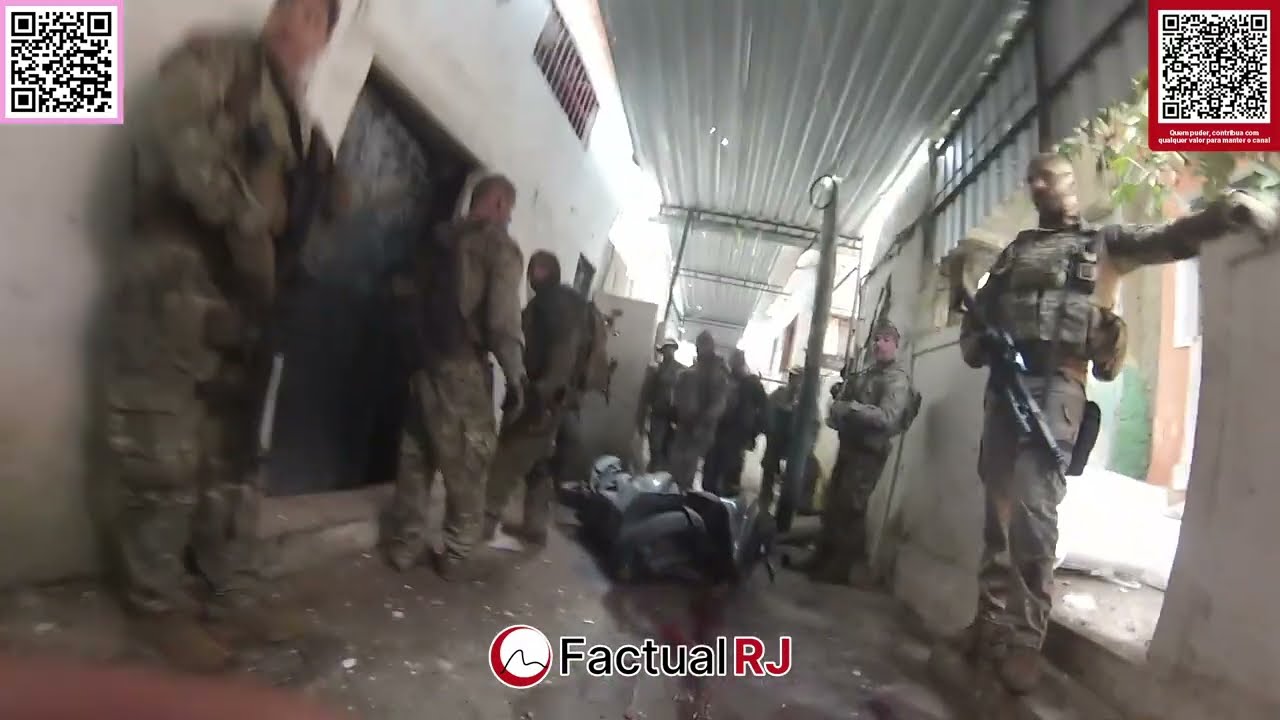OS ACHADOS ARQUEOLOGICOS BIBLICOS QUE VÃO TE SURPREENDER! O que aconteceu com o coração do faraó?
0Shalom and welcome back to Israel with Aline! We are in Jerusalem, in the Israel Museum and today’s topic is the Dead Sea scrolls, and the famous passage about Pharaoh’s heart, where it is written that Pharaoh’s heart was hardened. What if I tell you that this is not exactly what is written in the Bible? And we are also going to know the relationship of biblical texts with this model here of Jerusalem. So if you are ready, let’s get started! So let’s start with the Dead Sea Scrolls, and for that let’s go back to the year 1947, when a young Bedouin was herding his sheep in the desert, and one sheep goes astray from the group and he goes after it, and when he finds the sheep, he also finds a cave, and inside this cave a jar and inside that jar when he opens it and he finds seven scrolls. And these were the first Dead Sea scrolls ever found! After that the archaeologists went there and continued digging, and in the nearby caves, a total of over nine hundred scrolls were found! In the middle of nowhere, in the middle of the desert, in the inhospitable place in front of the Dead Sea. And among the scrolls found was the world’s oldest Bible ever found, this Bible was written by a Jewish group called the “Essenes” and it is so old, that at that time, more than two thousand years ago the New Testament had not even been written down yet. And it is kept here in the Israel Museum, so let’s get to know the place! This dome is called the “Sanctuary of the Book” and inside it are kept the scrolls of the Dead Sea, and the shape of the Dome it’s a little different as you can see, it’s a replica of the lid that closed the jar, so if that jar kept the scrolls for the last two thousand years, From now on, they are stored within this structure. The scrolls help us to understand what life was like in Judea at the time of the Temple in Jerusalem. The most important scrolls from this collection are the two hundred and twenty-five biblical texts, and copies of all biblical books have been found with the exception of the book of Esther, and we are not quite sure why this book is missing. And the most impressive part is when they took these scrolls from more than two thousand years ago and compared them with the scrolls that are used in synagogues today, remembering that we speak the same language: Hebrew. although at that time it was Biblical Hebrew and today it is modern Hebrew, the writing of the Bible is the same. And they put one book next to the other and started to compare, and they saw that the books are the same! Even though two thousand years have passed, despite the exiles and wars. The Bible, the word is still the same! And so, this was a find that changed and revolutionized archeology in the world, and that is why it is considered one of the most important archeological finds in the history to this day. Some books were found very well preserved, for example, the book of Isaiah that we are seeing, but others in not so good state of conservation for example, the book of Exodus, which is the book we are going to talk about today since now we are going to talk about the verse that speaks of Pharaoh’s heart and the passages that take place in ancient Egypt. We are now in the archaeology department of the museum, and we are going to visit the section dedicated to Egypt, and we are also going to learn a little bit about mummies. Let’s go! In the book of Exodus there are several verses that speak about Pharaoh’s heart, in some of them it is actually written that his heart was hardened “ICHAZEK LIBO” but in part of the verses it is written “ICHBAD LIBO” His heart got heavy, but what does it mean for a heart to get heavy? This is a expression that is not used anywhere else in the Bible, so what does a heavy heart mean? And now the mummies here at the museum will help us understand what a heavy heart means. When Pharaoh died, he was to be mummified and all the internal organs were removed with the exception of, yes, the heart. So he was mummified along with his heart. And in In Egyptian mythology, the soul would then enter the “Duat” which is an underworld, where the heart would be placed on the scales to be weighed, and this was a test. On one side of the scale the heart was placed, and on the other side of the scale an image of a goddess was placed. If the heart was lighter, the person would go to the equivalent of paradise, but if the person’s heart was heavier, that meant that their soul was going to be devoured by a monster. So what is the Bible telling us? When the book of Exodus says that his heart it’s going to get heavy, it wasn’t just an expression, a way of saying it, but rather, the Bible is speaking in the language that the Egyptians of that time also understood, that Pharaoh was being condemned. That his soul would not go to paradise. So we understand that Pharaoh’s heart did become hard and stubborn, but we also understand that he became heavy, and this reminds us how important it is to read the biblical books in their original language and to understand both the nuances of the language and the time, history, and culture in which they were written. So the next time you read this passage, remember that this means that Pharaoh’s heart was hard, but also heavy. This model of Jerusalem was not made for the Israel Museum and no Museum to be quite honest. And yes, it was made and placed in a hotel lobby. The hotel called Holy Land, the owner of the hotel named Hans Kroch, commissioned the model for the archaeologist and professor at the Hebrew university of Jerusalem, named Michael Avi-yonah and said he wanted an exact model of the city of Jerusalem in the year 66. Just before the great Jewish revolt against the Romans. Now they are going to have a big challenge in building the model, why? At that time, in the early 60’s Jerusalem was divided, half was in Israeli hands and half in Jordanian hands, and the Old City of Jerusalem was in Jordanian hands, so it was inaccessible. How are you going to make a model if you don’t have access to the place? And also Jerusalem had practically no archeological excavations at that time, and the last person who saw the city from two thousand years ago it is no longer alive to tell the story. So they will take what they did have, which are the texts, the books, the Biblical books: the Old Testament, the New Testament also the books of Flavius Josephus, and based on these texts they will build the model. And it was finished in 1966, when a big inauguration party was held at the hotel. What they didn’t know is that a year later, in 1967, the Six Day War would happen. And Jerusalem is going to be reunified, and so under the hands of Israel many, many archeological excavations begin in the Old City of Jerusalem, and as they begin to dig and find, they begin to compare the places and archaeological finds with what was on the model, for example the Pool of Siloam which is mentioned in the book of John 9:7, during the healing of the blind man from birth and which is here on the model and which was found in the excavations of the city of David in the year 2004, and yes it is in the same place that is shown here on the model. And here we also see the Pool of Bethesda, the Fortress of Antonia, which was the place Jesus’ trial, and many other examples of biblical places. So this proves the historical veracity of the model, which was made based on the books, on the biblical texts, this also shows the veracity of the Bible historically speaking in this case. One of the best examples is the Temple of Jerusalem, which we can see here in its greatness and beauty in the model! And by the way this is our next Sunday’s subject here on the channel: the Temple of Jerusalem. Here on the channel we have videos every Wednesday and Sunday. I hope you enjoyed today’s video, don’t forget to subscribe to not miss any video and also, press the little bell! A kiss, Shalom and see you next time!







